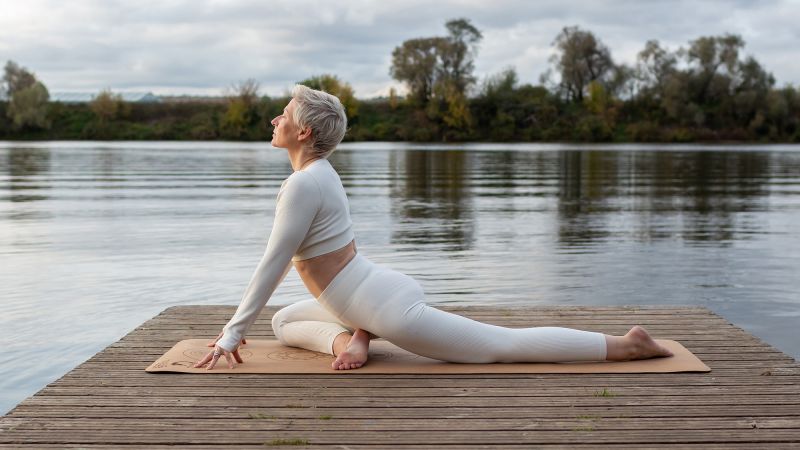As You Hit the Gym: How to Stretch Before and After for the Best Results
Before starting your next workout, it’s essential to think about how you begin and end your routine. While many people jump straight into exercise, stretching before and after can make a significant difference in performance and reduce the risk of injury.
“It’s a misconception that stretching is only for warm-ups or cool-downs,” said Whitney Houlin, a personal trainer and director of training and fitness at WeGym in West Hartford, Connecticut. “A lot of people like to jump right into the workout, but stretching before and after is what’s going to determine how effective your workout can be for today and the next time you do it.”
Houlin recommends incorporating both dynamic and static stretching into your routine. Dynamic stretching involves moving a joint through its full range of motion to increase flexibility, while static stretches involve holding a single position for several seconds.
Researchers have produced conflicting results when it comes to the best pre-workout stretch, with some studies suggesting static stretching can worsen muscle performance, while others show it can boost strength. More recently, researchers have been warming up to dynamic stretching, which was found to reduce the risk of injury and produce a greater range of motion in the lower limbs.
Physical therapist Dr. Mario Mejia recommends dynamic stretching before a workout because it prepares the body for intense activity. He notes that active movements in dynamic stretches mimic the same movements you’ll perform during exercise, such as running or squats.
To get the most out of your workout, try incorporating these dynamic and static stretches into your routine:
* The “world’s greatest stretch,” a universal dynamic stretch that involves hiking at the hips, walking hands out into a plank position, and lifting the other hand off the floor.
* Alternating between forward and reverse lunges to stretch the legs and hips.
* Half-kneeling windmills, which help with spine rotation, build core strength, and stabilize hips and shoulders.
After your workout, it’s crucial to cool down with static stretches to get the body back to a state of rest. This helps gradually bring the heart rate, body temperature, and blood pressure back down to normal.
“Stretching the muscles I just exercised gets blood flow back to those muscles to start the muscle repair process,” Houlin said, emphasizing the importance of targeting the muscles stressed out during exercise.
Try incorporating these post-workout static stretches into your routine:
* The pigeon pose, a great stretch for the hip flexors and glutes.
* Hamstring stretches, calf stretches, and a standing quad stretch, which targets the quadriceps and hip flexor muscles.
* Hold each static stretch for 15 to 30 seconds for two to four sets to produce the elongation effect and improve range of motion.
By incorporating stretching into your workout routine, you can improve performance, reduce the risk of injury, and make the most of your time at the gym.

